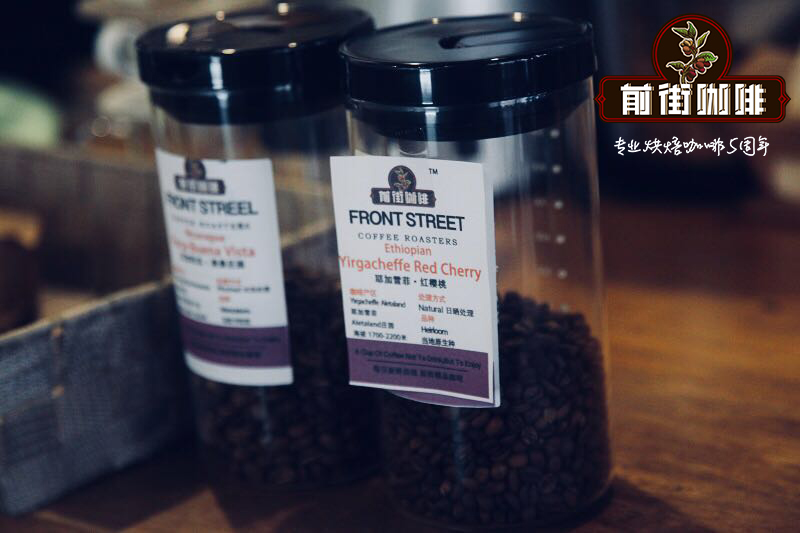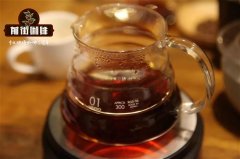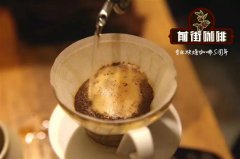Do you know the use of coffee pulp? How do you make coffee peel tea? What's the effect?

Professional coffee knowledge exchange More coffee bean information Please pay attention to coffee workshop (Weixin Official Accounts cafe_style)
since the rise of hand and freshly brewed coffee, and increased demand for tea
The world of fine coffee and tea has changed a lot over the years.
Among them is an exotic new drink called Cascara, also known as coffee pulp tea,
Even as the drink slowly begins to be sold in coffee shops around the world, it's still not an easy ingredient to find.
So, these strangers to Cascara might wonder how this drink looks and tastes.
In Spanish, it means skin, shell, or skin, which means dried coffee pulp.
The pulp is the material obtained by removing the intermediate seed (coffee bean) from the coffee fruit and exposing it to sunlight prior to packaging and shipping.
These dried pulp are not like tea bags, mainly because the dried pulp looks slightly larger than the tea leaves,
and has a cortical and woody appearance like raisins or nut shells.
As for the benefits of coffee pulp processing, it is not only useful in farming, it is also very environmentally friendly.
Coffee pulp is usually treated as a by-product of coffee processing and either discarded or used as compost.
Now, the pulp is reused to make unique drinks.
Is it coffee? Tea? Or will coffee and tea be all right?
Between coffee and tea,
Although it is obtained from coffee plants, it does not taste like coffee at all.
Cascara drinkers often describe it as sweet, with aromas of rose hips, hibiscus cherries, red currants, mango and even tobacco.
(Translator thinks it tastes like longan, fruit tea and sweet and sour taste)
Similarly, tea and coffee have different caffeine levels.
On Square Mile's blog "Cascara and Caffeine" this post states as follows:
"The ratio of Cascara to water affects the caffeine content of the beverage, but the length of steeping time makes only a slight difference.
To my surprise, we found that Cascara was so low in caffeine that even with the strongest ratio and the longest brew,
Cascara contains only 111.4 milligrams of caffeine per liter, compared to 400-800 milligrams per liter of coffee."
It's not coffee, it's not tea,
Because Cascara comes from a coffee plant and not a tea plant, it cannot be classified as a true tea.
Some people think that Cascara is not herbal tea, but more like a fruit made flavor.
However, some herbal teas are made from fruit, so perhaps the best way to classify Cascara would be fruit herbal teas.
Coffee pulp tea may be a novelty drink in some places, but it is a popular drink in some areas.
According to coffee suppliers in Melbourne:
"For centuries, coffee farmers in Yemen and Ethiopia have dried coffee pulp and brewed it for drinking.
It may even be done before coffee beans are made into drinks.
In these countries, dried pulp is soaked in spices such as ginger, nutmeg or cinnamon.
In Ethiopia it is called Hashara, and in Yemen it is called Qisher."
These drinks are still popular in these countries,
In Yemen, even coffee pulp sells more than coffee beans because it is cheaper than coffee beans.
Although Cascara has always been available in Yemen and Ethiopia
South American coffee farmers (especially El Salvador and Bolivia) have begun selling and exporting Cascara.
Like most herbal teas, Cascara is made by adding dried coffee pulp to hot water.
Because coffee pulp tea is relatively new compared to some countries, no one has published the best formula for brewing.
This allows the store to test the brewing ratio and soaking time.
It is recommended to use about 5~7 grams of pulp, with 240 grams of boiled water to brew.
Although Cascara is already sweet, some people suggest adding some honey or sugar to add flavor.
You can also add ginger, nutmeg or cinnamon to taste the historic Qisher.
It can also be extracted cold and presented as iced tea-Verve Coffee Roaster offers the following brewing methods:
Use six tablespoons of dried pulp with 10 ounces (300 grams) of cold water. Refrigerate the tea for 24 hours, then strain and serve. "If the coffee shop wants to omit the filtration step in hot or cold Cascara, it can use a French press or tea brewer to brew."
Coffee pulp tea also provides a great way for coffee shop operators to interact with customers
Many people drink coffee to refresh themselves, but they rarely care about the flavor and what they want to add to their coffee.
You can make up for that,
Coffee dried fruit aids to let everyone know where coffee comes from and how it is made.
It's a win-win situation: coffee shops can expand their customer base through the presence of coffee pulp tea,
In addition to getting people to know more about coffee, it also allows them to try new things.
Important Notice :
前街咖啡 FrontStreet Coffee has moved to new addredd:
FrontStreet Coffee Address: 315,Donghua East Road,GuangZhou
Tel:020 38364473
- Prev

What factors affect the taste of coffee? Three major factors affecting the flavor of coffee!
Professional coffee knowledge exchange more coffee bean information please pay attention to coffee workshop (Wechat official account cafe_style) freshly roasted coffee beans will be heated due to coffee beans there will be a lot of carbon dioxide inside the coffee beans, at this time the state of brewing and drinking can only be described as unstable (because when brewing, the combination of water and coffee powder will release coffee substances due to the violent gas in the coffee beans affecting the water.
- Next

Some factors that affect the flavor and quality of coffee? How disturbance and agitation affect the wind of hand-brewed coffee
Professional coffee knowledge exchange more coffee bean information please follow the coffee workshop (Wechat official account cafe_style) hand-brewed coffee is really great! You can watch the flow of water stay gracefully, while a good coffee is like a crystal-clear liquid, and the best thing is that anyone can make it at home. But it looks great, but it's not as simple as it looks, except for the common water temperature,
Related
- Beginners will see the "Coffee pull flower" guide!
- What is the difference between ice blog purified milk and ordinary milk coffee?
- Why is the Philippines the largest producer of crops in Liberia?
- For coffee extraction, should the fine powder be retained?
- How does extracted espresso fill pressed powder? How much strength does it take to press the powder?
- How to make jasmine cold extract coffee? Is the jasmine + latte good?
- Will this little toy really make the coffee taste better? How does Lily Drip affect coffee extraction?
- Will the action of slapping the filter cup also affect coffee extraction?
- What's the difference between powder-to-water ratio and powder-to-liquid ratio?
- What is the Ethiopian local species? What does it have to do with Heirloom native species?

